Estimated reading time 14 minutes, 28 seconds.
Any time there is a delay in the operational debut of a Royal Canadian Air Force (RCAF) fleet, the repercussions can reverberate widely.
Such is the case with the CC-295 Kingfisher.
When the federal government acquired the fleet of 16 Airbus-built fixed-wing search-and-rescue (FWSAR) aircraft in 2016, it forecast entry into service of the first five by August 2020, and full operational capability of all 16 by 2022.
In May 2022, however, the government acknowledged the Kingfisher would not begin flying search-and-rescue (SAR) missions until at least late 2025 or early 2026, due to issues with aircraft modifications, publications, and ongoing acceptance testing.
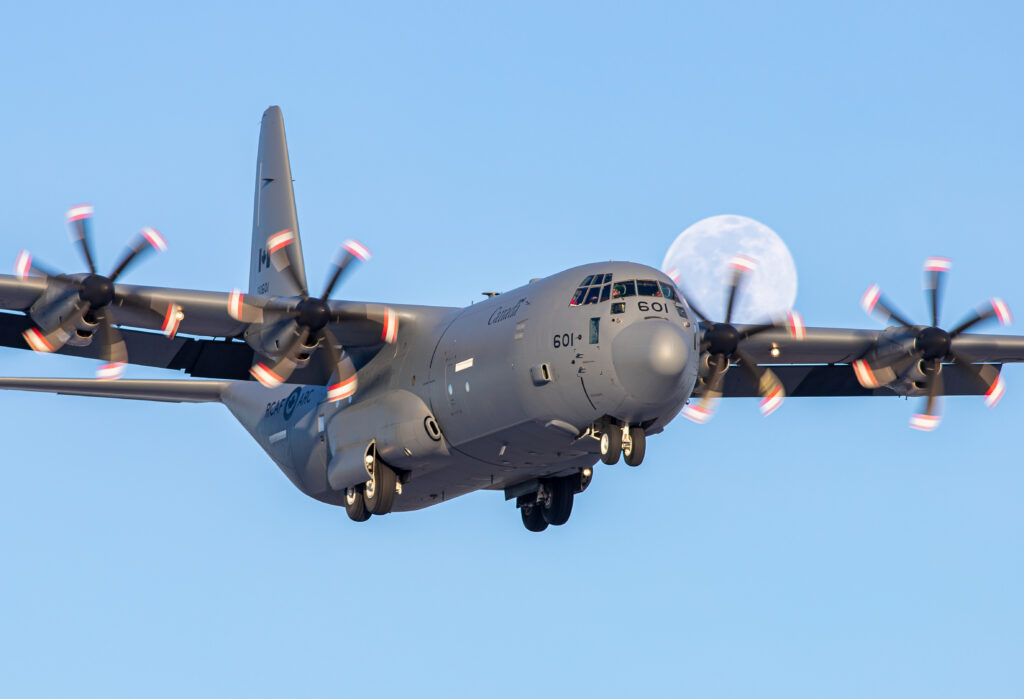
In response, the RCAF adopted a short-term mitigation strategy to ensure a fixed-wing response at its four main SAR operating bases. Called Operation Salus, the initial plan involved relocating a detachment of two CC-130H Hercules and about 24 aircrew and maintainers from 435 Transport and Rescue (T&R) Squadron (Sqn) at 17 Wing Winnipeg, Manitoba, to 442 T&R Sqn at 19 Wing Comox, British Columbia.
Until January 2022, 442 Sqn had flown a small fleet of de Havilland Canada-built DHC-5 utility transport turboprops for the SAR mission on Canada’s west coast. The last of the almost 55-year-old CC-115 Buffalos were retired that month.
The RCAF had originally planned to transition 442 Sqn directly from the Buffalo to the new Kingfisher, with some support from crews, maintainers, and the older H-model Hercs from 435 Sqn. Once crews from 442 Sqn completed their conversion training to the new type, the members of 435 Sqn and their CC-130H aircraft would then support the transition to the CC-295 at the RCAF’s other three main SAR operating bases, eventually allowing the RCAF to retire the H-model fleet.
That was the plan. But with the retirement of the Buffalo before the Kingfisher was certified to fly, the RCAF is finding creative ways to address potential gaps in its SAR response. One of those is expanding Op Salus to include 436 Transport Sqn and its fleet of 17 CC-130J Hercules.
On May 29, the J-model Herc became the primary fixed-wing asset for SAR missions in central Canada — a region of over 10 million square kilometers that extends from the Canada-U.S. border into the Arctic Ocean. The move allows the older H-model Hercules of 424 T&R Sqn at 8 Wing Trenton, Ontario, to be distributed through 435 Squadron to support SAR operations from Comox and the remaining CC-130H bases.
“The H-model Herc is covering in Comox for the Buffalo, and the J-model will cover for the H in Trenton,” acknowledged LCol Wes Cromwell, the Senior Staff Officer for SAR at 1 Canadian Air Division (1 CAD) in Winnipeg.
“Obviously, we are still working on the operationalization of the CC-295, so it became apparent early last year that there was going to be a period in which we needed to backfill for the Victoria SAR region,” he explained.
By shifting the J-model fleet to temporarily support SAR missions from Trenton, the RCAF now has latitude among its 12 H-model Hercs to meet the demand at its bases in Comox, Winnipeg, and Greenwood, Nova Scotia.
Hybrid crews from both 436 and 424 Sqns began sharing the central Canada SAR response on May 15, with CC-130Js holding the standby posture during the day and H-model Hercs on standby at night.
As of the 29th, the CC-130J assumed the sole fixed-wing SAR response, on standby 24/7. But the aircrews remain a blend of seasoned SAR members from 424 Sqn and experienced J-model crews from 436 Sqn.
For now, 436 Sqn “has transferred some personnel over to 424 . . . [and] some 424 crews have been trained and are now J-model qualified,” said LCol Shane Antoniuk, the Senior Staff Officer for Air Mobility at 1 CAD. “Once the experience is there at 424, some [436 members] will come back while others will remain over at 424.”
“Going forward, those will be the crews that fly it for the next few years,” added Cromwell, an Air Combat Systems Officer (ACSO) with a background in CC-130H tactical airlift and SAR.
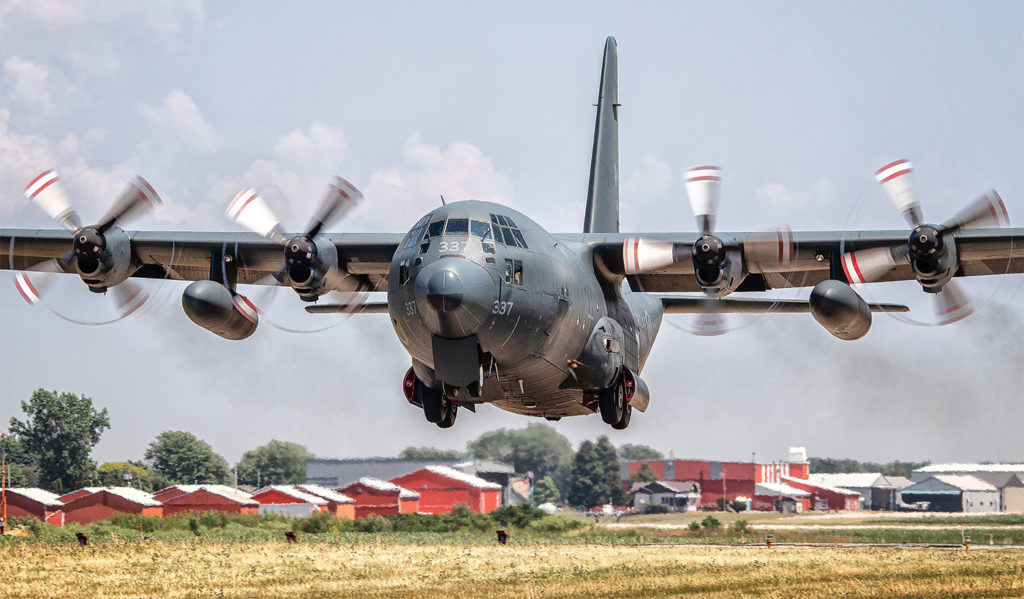
The J-model tactical transport aircraft were acquired from 2010 to 2012 and, like the CC-130H, not originally intended for SAR. But as with most RCAF fleets, they can be tasked to support SAR missions. Adjusting to dropping SAR technicians and their gear rather than paratroopers and cargo has been “relatively straightforward” for 436 Sqn crews, said Antoniuk.
In particular, he highlighted the work by 1 CAD’s Search and Rescue Standards and Evaluation Team (SARSET) and Transport Standards and Evaluation Team (TRSET), as well as 434 Operational Test and Evaluation Squadron and 426 Transport Training Squadron to adapt and “balance the capabilities of the J with that SAR line of tasking.”
The primary modification to the J fleet so far is a SABIR spotting door with a bulbous window that can be installed in a few hours. Adding SAR-specific sensors, including a cell phone detection system that is installed on some of the CC-130H aircraft, “would be the future,” said Antoniuk. “That’s a project we are looking at for next year — to expand electronic search capability.”
“There are a few avionics items that the H has that the J does not, but that is going to be rectified in the next year,” said Cromwell. “The J allows us to keep the same level of flexibility that we currently have with the H fleet. The J has an extra pallet position, it has more powerful engines, and better serviceability because of its age. There’s definitely no decrease in capability.”
Adding the SAR mission to 436 Sqn’s mandate comes at a time when the squadron is heavily involved in both international and domestic operations, including an air task force in Prestwick, Scotland, to airlift munitions and other equipment to support Ukraine. Recently, the squadron conducted an evacuation of Canadians and other foreigners from Sudan and has been positioning Canadian soldiers in western provinces to help combat raging forest fires under Operation Lentus.
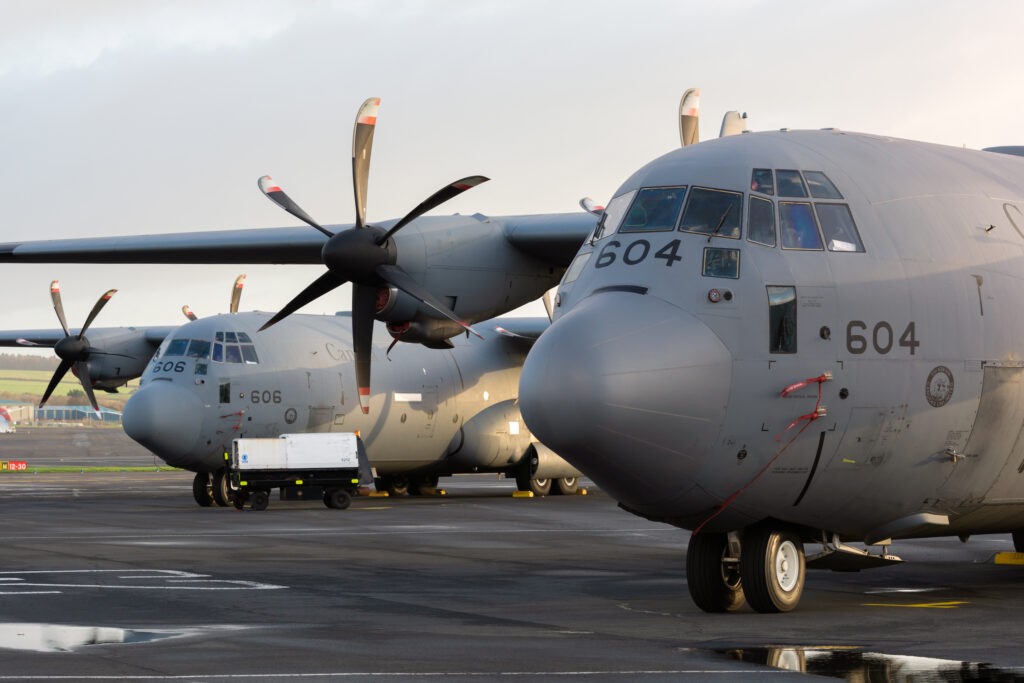
Dedicating one aircraft configured to the SAR line of tasking, as well as holding a second bird on standby, requires some “prioritization” for the squadron, but it won’t affect the ability to “carry out normal missions,” said Antoniuk, a CC-130J pilot.
“Obviously, a huge priority is put on the SAR role,” he noted. “But we are still able to support our other functions with tactical airlift.”
The delay of the CC-295 and the shuffle of Hercules aircraft has forced both 442 Sqn and 435 Sqn to adapt more than once. Over the past two posting seasons, the RCAF has assigned personnel with H-model experience to Comox so 442 Sqn can operate the CC-130H.
“There have been personnel in the SAR community who have volunteered to be posted to 442 and already have Herc backgrounds,” said Cromwell. “Most of the crew there are not new to the airplane. It’s been a team effort to get Comox up on the Herc fleet, but by the end of summer they should be at a steady state where the squadron can be more or less self-sufficient in Herc operations until such a time as the 295 picks up the SAR mandate in Comox.”
435 Sqn had been the primary source of maintainers for the H-model Hercs in Comox, but 442 technicians are expected to be fully trained on the CC-130H later this year “so 435 will not have to augment any further — other than ones and twos that are required at any of the main operating bases,” he explained. “Bringing the J on in Trenton will bring the H back to its normal op tempo across the three other bases.”
The return to somewhat normal operations in Winnipeg will also allow 435 Sqn to regenerate its air-to-air refueling capability with the CC-130H. Crews maintained only a minimum level of proficiency refueling fighter jets over the past year-and-a-half to ensure SAR was the priority.
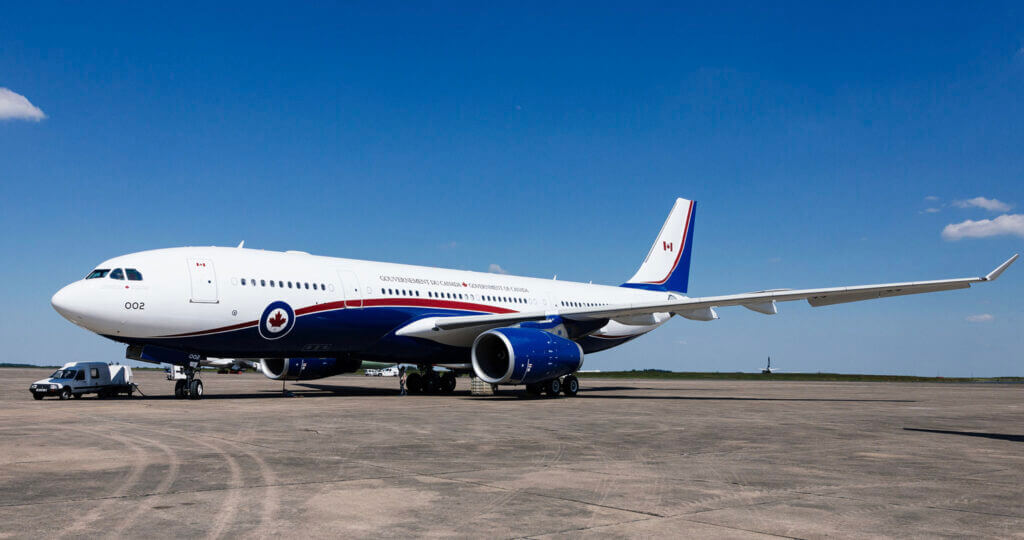
“We know the long-term plan is eventual replacement of the CC-130H with the CC-330 Multi-Role Tanker Transport,” said Cromwell, but “we’ll now be able to regain that tactical tanking capability as long as the government wants that to remain a capability on that fleet.”
The RCAF will have to maintain the current distribution of Hercules aircraft until the CC-295 achieves initial operating capability around late 2025 or early 2026. At present, the Kingfisher is undergoing an extensive certification and operational test and evaluation program, conducted in part by the first crews trained at 418 Search and Rescue Operational Training Squadron.
“That is expected to commence next month (June) in Comox,” said Cromwell. “That’s a big step in progress for the 295, to get out there and operationally test the aircraft in mission conditions.”
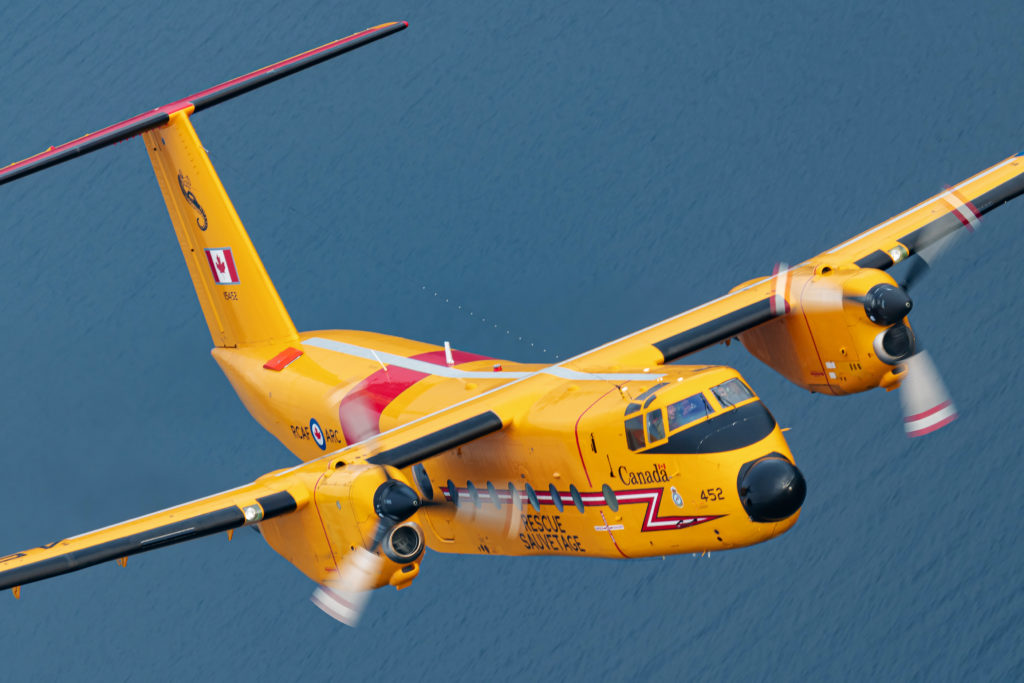
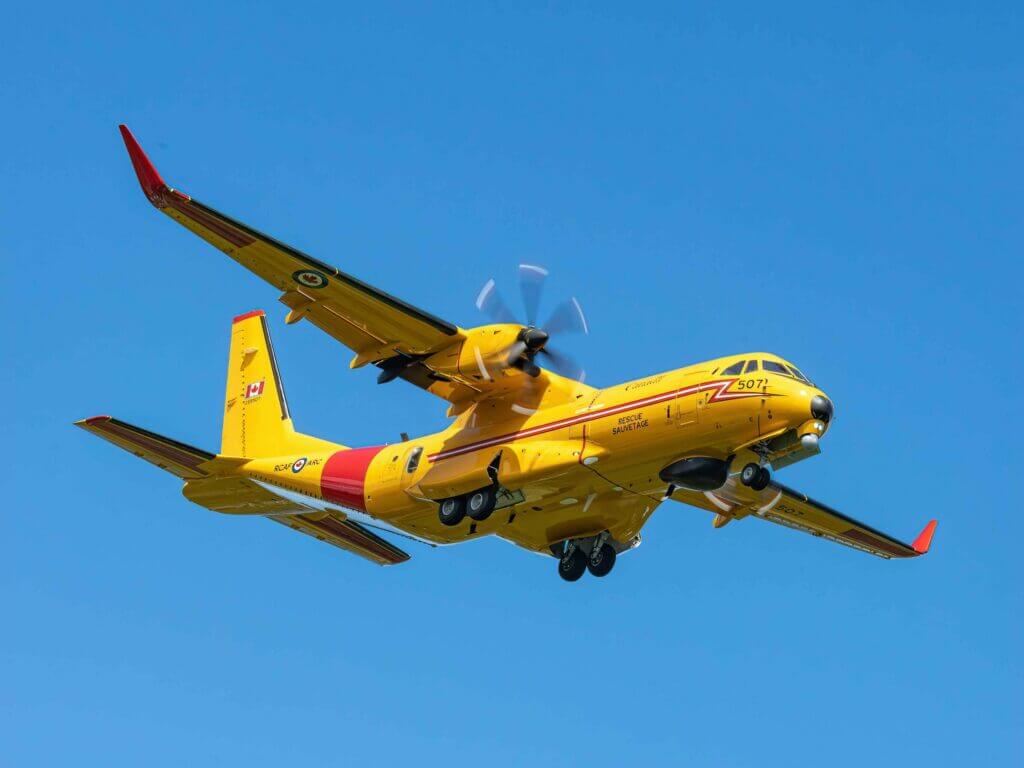









What a mess! I’m sure if the feds or more specifically the procurement dept was an employee they’d be fired by now or if they were a private business, they’d be shut down. Horrible
Sell the C295 to the Future Aircrew Training Program and buy more J’s for SAR. Everyone will be happier and better served.
Wasn’t the j model one of the candidates for fixed wing sar? And now it’s doing the job because the aircraft they chose can’t do the job it was intended too? I worked on Cyclones and man that was a debacle in and of itself.
Could this program possibly be more screwed up beyond what has already been described in this article? On the other hand I suppose some genius will come up with a scheme to introduce a fresh “Buffalo Refurbishment
Program” (to be carried out by Bombardier in Quebec, of course) and the Buffs …like the one in the QQ Museum can be returned to flying duties.
If I sound bitter perhaps it is because I served on both 442 QQ and 435 ED
and my heart aches from watching this goon show unravel.